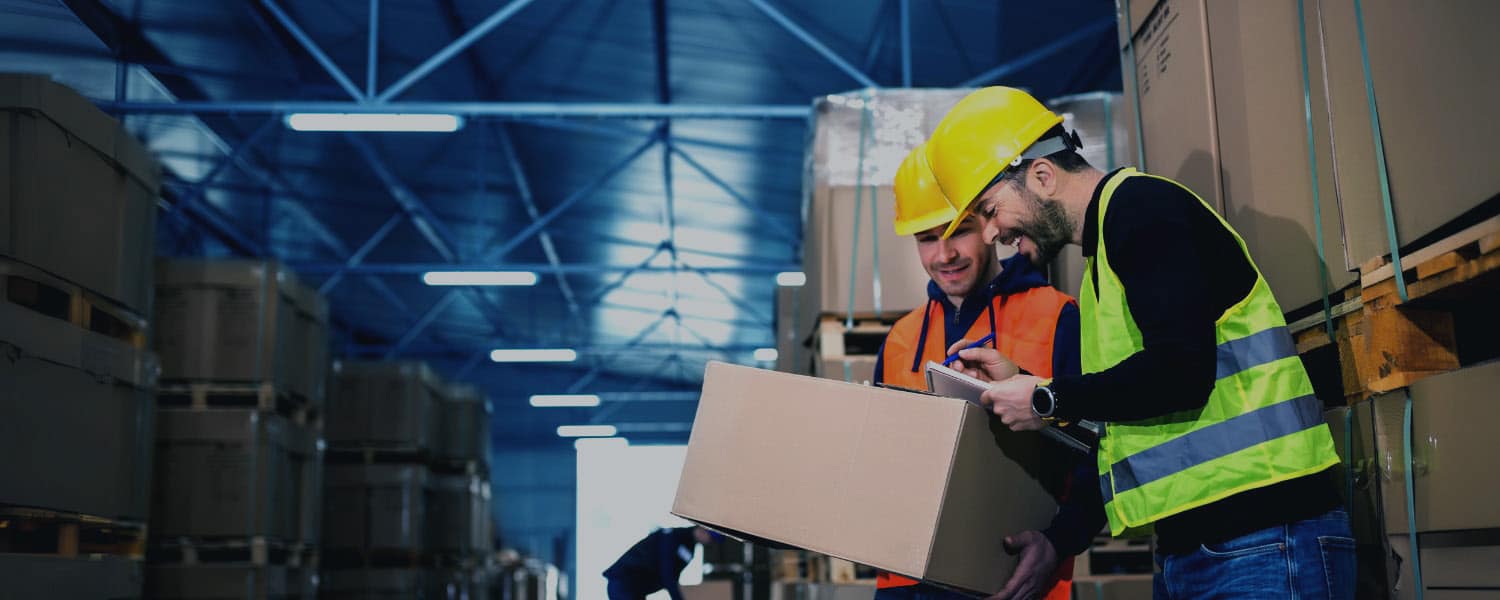
Globally, tax authorities are aiming to close the VAT Gap by introducing VAT mandates for registered businesses.
Countries in South America have already seen impressive results with this strategy, and now, other countries are following their example.
If your business trades internationally, it’s likely these mandates will soon impact you, if they haven’t already. Whether you’re new to VAT mandates or already familiar with them, this post provides insights and updates designed to help you stay informed.
In this blog, Transalis eInvoicing specialist, Nathan Roe, takes a look at:
How eInvoicing is implemented (different models and protocols)
Understand the eInvoicing landscape
Our comprehensive guide to eInvoice mandates and Continuous Transaction Controls (CTC) aims to support businesses in understanding what eInvoicing is, how it supports both businesses and tax authorities, and what you need to do to stay ahead of the curve

What are government-mandated eInvoicing requirements?
Let’s start with the basics.
Government-mandated eInvoicing refers to the legal requirement that companies must send and receive invoices in a digital format, specifically approved by a country’s tax authority.
The goal is to increase transparency, reduce tax evasion, and close the VAT gap (the difference between expected and actual VAT revenue collected).
In Europe, countries like Italy and Turkey already have these requirements in place, while others are set to join soon. For instance, France, Belgium and Poland have announced plans to mandate eInvoicing by 2026. The UK is also expected to start consultation as early as Spring 2025.*
The transition to mandated eInvoicing means that businesses will need to shift from paper or PDF invoices to either a fully electronic or a hybrid model of PDF and electronic, according to local government regulations.
Failing to meet these standards can result in penalties, payment delays, and even lost business relationships.
How are VAT mandates implemented?
When it comes to VAT mandates, there isn’t a single, universal approach. Countries choose different models based on their specific needs and systems. Here’s a quick look at the main types:
Real-Time Reporting (RTR):
This model requires businesses to report invoice data to tax authorities in near-real-time. Tax authorities receive the data as soon as the invoice is issued, helping ensure transparency and rapid validation.Clearance Models:
In this setup, invoices must be approved by a government entity before they can be sent to customers. This “pre-clearance” approach ensures tax authorities validate invoices right from the start.Centralised Exchange Models:
Some countries operate a centralised digital exchange where all invoices are sent. In this system, invoices pass through a government-run platform, creating a single point for transaction monitoring.Decentralised CTC and Exchange (DCTCE):
This model enables invoices to be exchanged through a decentralised network, such as Peppol. With DCTCE, multiple providers can handle transactions while still relaying necessary information to tax authorities. This approach allows for greater flexibility, letting businesses choose their provider for compliance while ensuring transparency and reporting requirements are met.
Understanding which model applies to each country you do business in is crucial. The requirements, timeline, and steps will vary depending on the region.
What are the benefits of VAT mandates for your business?
The idea of more government oversight may sound daunting, but mandated eInvoicing can actually bring a host of benefits to your business.
First, there’s the potential for significant cost savings. By moving to a digital process, businesses can reduce reliance on manual invoice handling, printing, and mailing – all leading to lower administrative costs.
Additionally, digital invoicing streamlines payment processing. Transactions become faster, errors drop, and transparency increases. Businesses may also find it easier to manage cross-border transactions by having a consistent, digital approach to invoices. Over time, these efficiency gains can strengthen financial control and improve your company’s cash flow.
About Transalis
At Transalis, we provide trusted eInvoicing solutions for our clients. We help businesses of all sizes simplify and automate their invoicing processes to ensure full compliance with global VAT mandates.
Our flexible solutions integrate seamlessly with your existing systems, making compliance a straightforward step, not a challenge.
Further Reading
For more insights on handling global eInvoicing and VAT mandates, download our latest whitepaper, The Global Challenge of CTC and eInvoice Mandates. This guide explores key requirements, practical strategies, and expert tips to keep your compliance process on track.

eInvoice Software
References:
*Billentis (April 2024). Global e-invoicing and tax compliance report








